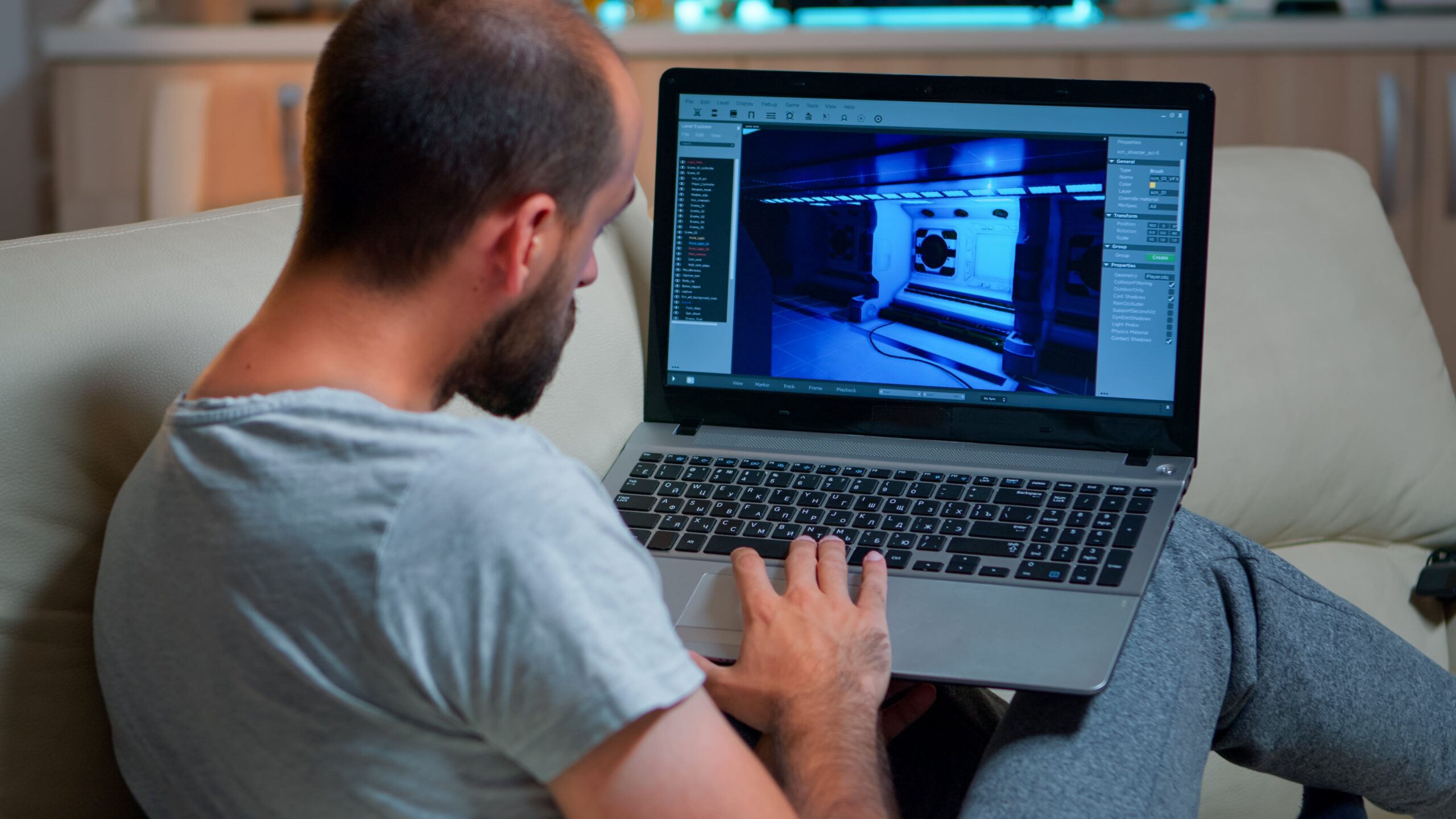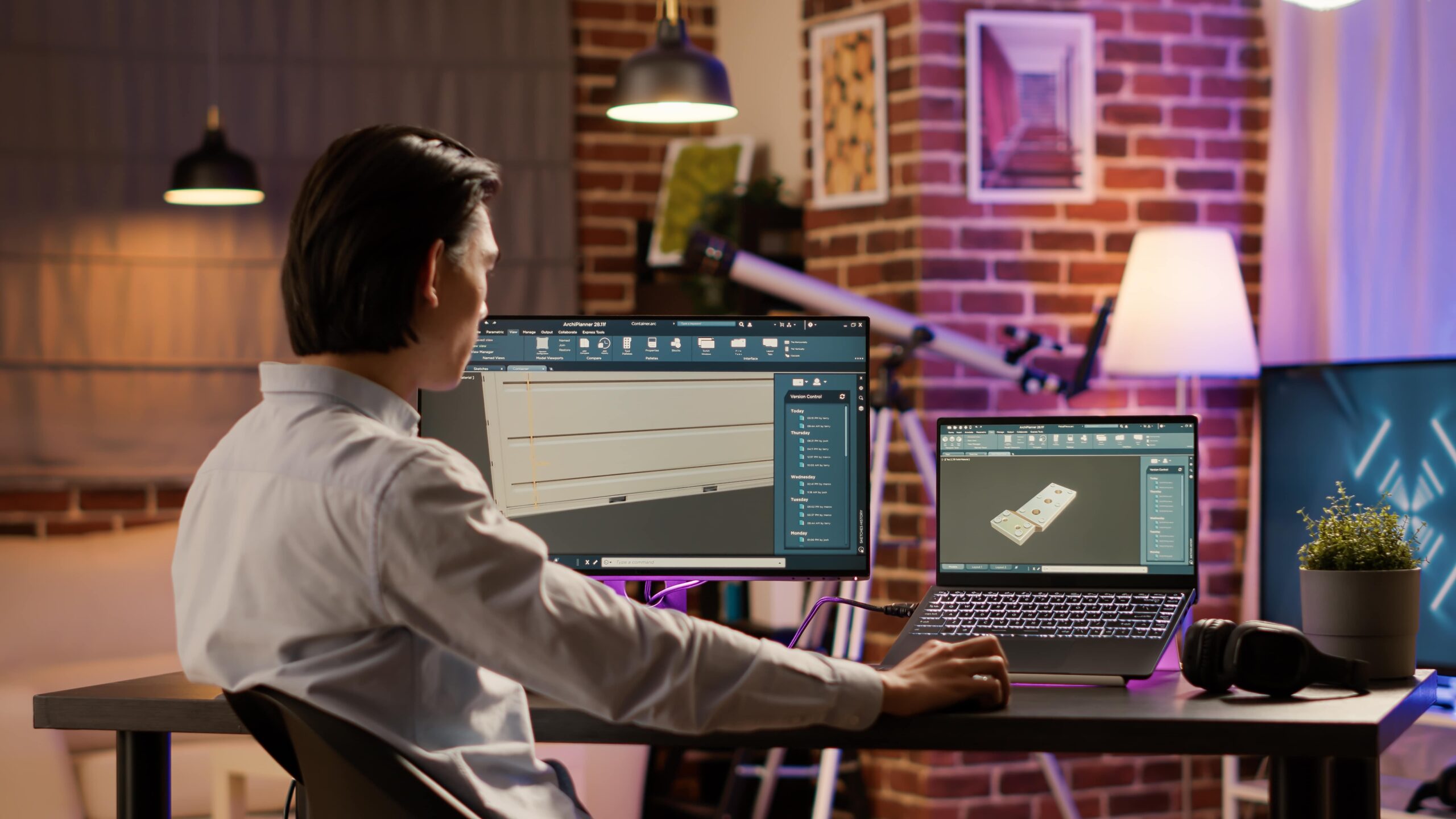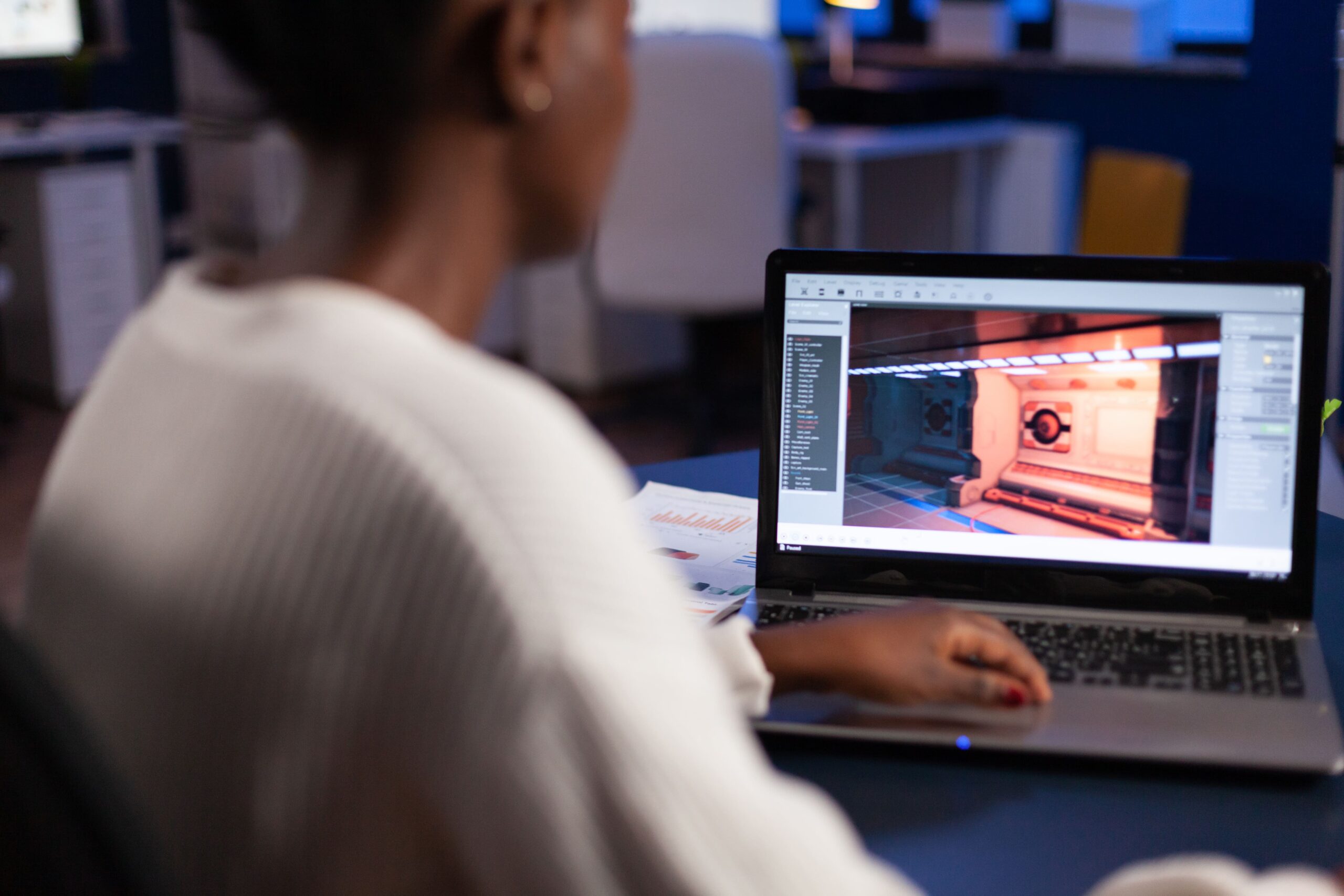In the realm of architectural visualization, animation plays a crucial role in bringing designs to life and enhancing the communication of architectural concepts. Through the integration of animation techniques, architects and designers can create dynamic visual representations that not only showcase the aesthetic aspects of a project but also convey its functionality and spatial qualities.
Improved Communication of Design Intent
One of the primary benefits of incorporating animation into architectural visualization is the enhanced communication of design intent. Traditional 2D drawings and static renderings can sometimes fall short in conveying the full scope and vision of a project.
By utilizing animation, architects can create immersive walkthroughs and flythroughs that provide viewers with a realistic sense of scale, proportion, and spatial relationships within a design. This dynamic visual storytelling helps stakeholders, clients, and the general public better understand the proposed architectural concept and experience it in a more engaging and interactive manner.
Visualization of Spatial Sequences
Animation enables architects to visualize spatial sequences and design concepts that unfold over time. Through the use of motion graphics, dynamic diagrams, and animated simulations, designers can illustrate how a building or space will be experienced from different vantage points and perspectives.
This ability to showcase spatial sequences in a fluid and dynamic way allows architects to explore various design options, test different configurations, and optimize the flow and functionality of a project before it is built.
Realistic Materiality and Lighting Effects
Another key advantage of animation in architectural visualization is its capacity to depict realistic materiality and lighting effects. By incorporating advanced rendering techniques, such as ray tracing and global illumination, animators can simulate the behavior of light and materials in a virtual environment with a high degree of accuracy.
This level of realism allows architects to preview how natural light will interact with different surfaces, textures, and finishes, enabling them to make informed decisions about material selection, color schemes, and lighting design.
Dynamic Presentation of Design Concepts
Animation offers architects a powerful tool for dynamically presenting their design concepts to clients, stakeholders, and project teams. Instead of relying solely on static images or verbal descriptions, architects can create compelling animated presentations that showcase the evolution of a project from initial concept sketches to final design iterations.
These animated narratives help to engage viewers, convey the design process, and highlight key features and design innovations in a visually captivating way.
Enhanced Collaboration and Feedback
By incorporating animation into the architectural visualization process, architects can facilitate enhanced collaboration and feedback among project stakeholders. Animated walkthroughs and visualizations provide a common visual language that can bridge the gap between design professionals, clients, engineers, and contractors, fostering better communication and understanding of the project vision.
This collaborative approach allows for more informed decision-making, early identification of design issues, and iterative refinement of design solutions based on feedback from all parties involved.
Virtual Reality and Interactive Experiences
With the advancement of technology, animation is increasingly being used to create immersive virtual reality (VR) experiences and interactive architectural visualizations. By leveraging VR headsets and interactive platforms, architects can transport users into a virtual representation of a design, allowing them to explore and interact with the space in real time.
This level of interactivity not only enhances the user experience but also provides architects with valuable insights into how people engage with and perceive their designs, leading to more user-centric and responsive architectural solutions.
Marketing and Promotion of Architectural Projects
Animation plays a pivotal role in the marketing and promotion of architectural projects, helping architects and developers showcase their designs in a visually compelling and persuasive manner. Animated walkthroughs, flythroughs, and renderings are commonly used in marketing materials, presentations, and online platforms to attract potential clients, investors, and buyers.
By creating cinematic and photorealistic animations that highlight the unique features and selling points of a project, architects can effectively communicate the value proposition of their designs and differentiate themselves in a competitive market.
Training and Education in Architecture
Animation also has a significant impact on training and education in the field of architecture. Architectural students and professionals can benefit from learning animation techniques to effectively communicate their design ideas, present their projects, and engage with digital tools and technologies.
Institutions such as New York University (NYU) offer specialized programs like the NYU Animation Industry Essentials program, which provides students with the skills and knowledge needed to succeed in the animation industry and apply animation principles to architectural visualization.
Career Opportunities in Architectural Animation
The integration of animation into architectural visualization has created a demand for skilled professionals who specialize in architectural animation and visualization. Architects, designers, animators, and multimedia artists with expertise in 3D modeling, rendering, animation software, and visual effects are well-positioned to pursue career opportunities in architectural firms, design studios, animation studios, visualization companies, and related industries.
Some of the top job roles in architectural animation include architectural animator, 3D visualization artist, architectural renderer, virtual reality designer, and animation director.
Future Trends and Innovations
As technology continues to evolve, the future of animation in architectural visualization holds promising opportunities for innovation and creativity. Emerging trends such as real-time rendering, artificial intelligence, generative design, and interactive storytelling are reshaping the way architects conceptualize, communicate, and experience architectural projects.
By staying updated on the latest developments in animation technology and exploring new creative possibilities, architects can harness the power of animation to push the boundaries of architectural visualization and create transformative design experiences.
Key Takeaways:
- Animation enhances the communication of design intent in architectural visualization by providing immersive walkthroughs and flythroughs.
- Visualization of spatial sequences through animation allows architects to explore design options and optimize functionality.
- Animation depicts realistic materiality and lighting effects, aiding architects in making informed decisions about design elements.
- Dynamic presentation of design concepts through animation engages stakeholders and highlights key features of a project.
- Enhanced collaboration and feedback are facilitated by animated walkthroughs, fostering better communication among project stakeholders.
- Virtual reality and interactive experiences created through animation offer valuable insights into user engagement and perception of designs.
- Animation plays a crucial role in marketing architectural projects by creating visually compelling presentations.
- Animation impacts training and education in architecture, providing essential skills for success in the industry.
- Career opportunities in architectural animation are growing, offering roles such as architectural animator and 3D visualization artist.
- Future trends in animation technology are shaping the landscape of architectural visualization, presenting opportunities for innovation and creativity.
For those looking to deepen their knowledge and skills in architectural animation, consider enrolling in the NYU Animation Industry Essentials online course and certificate program offered by Yellowbrick. This program can provide you with the necessary expertise to excel in the animation industry and apply animation principles effectively to architectural visualization.




